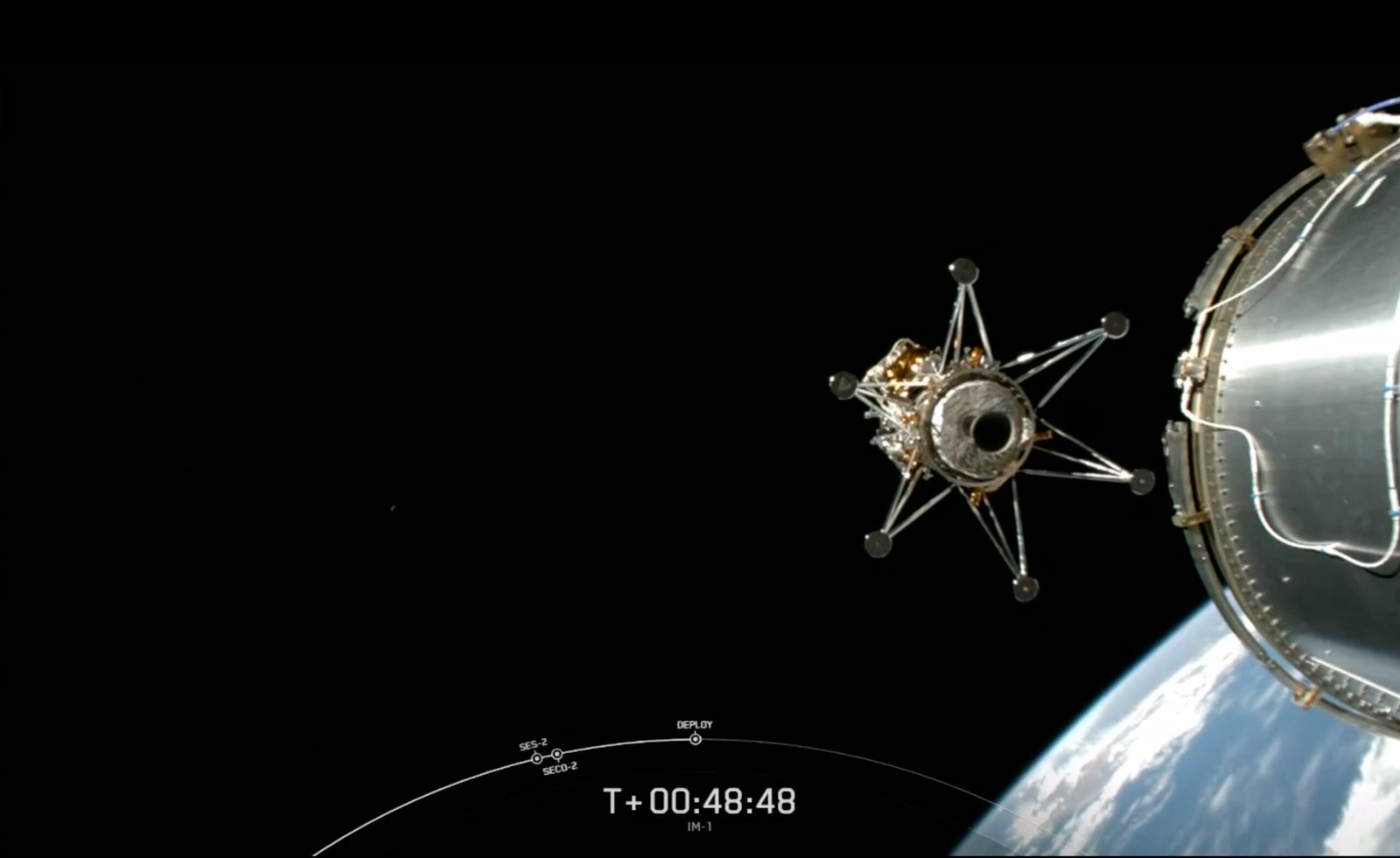In a groundbreaking development, a private US spacecraft has successfully entered orbit around the Moon, marking a significant milestone ahead of an ambitious landing attempt. This event not only highlights the prowess of private space exploration but also rekindles the spirit of lunar exploration decades after the last Apollo mission in 1972.
Key Highlights:
- Private companies Astrobotic and Intuitive Machines spearhead the US return to the lunar surface, competing to achieve the first successful private moon landing.
- This initiative is part of NASA’s strategy to foster commercial lunar deliveries, paving the way for future astronaut missions to the Moon.
- Astrobotic’s Peregrine lander is set to carry 20 payloads to the Moon for seven countries, including five for NASA.
- Intuitive Machines targets the lunar south pole with its Nova-C lander, focusing on scientific experiments and exploration of potential water ice resources.
- The efforts underscore a new era of international and commercial competition and collaboration in space exploration.
The resurgence of lunar exploration is driven by private entities like Astrobotic and Intuitive Machines, under NASA’s Commercial Lunar Payload Services (CLPS) program. Astrobotic’s Peregrine lander is poised for a historic mission carrying international payloads, including scientific instruments and a rover. Intuitive Machines’ Nova-C lander aims for the strategically significant lunar south pole, potentially unlocking new scientific discoveries and resources crucial for sustained lunar presence.
The lunar south pole, with its shadowed craters believed to contain water ice, represents a tantalizing target for exploration. This ice could serve as a vital resource for future human missions, supporting life support and fuel production. The missions by Astrobotic and Intuitive Machines are therefore not just technological demonstrations but pivotal steps towards establishing a sustainable human presence on the Moon.
NASA’s Commercial Lunar Payload Services (CLPS) program is a testament to the agency’s shift towards leveraging private sector capabilities for lunar exploration. By contracting companies to deliver payloads to the Moon, NASA is fostering a competitive yet collaborative environment that accelerates innovation and reduces costs. This approach also opens up opportunities for international partnerships, where payloads from various countries can hitch a ride to the Moon, thereby democratizing access to lunar exploration.
The competition between Astrobotic and Intuitive Machines encapsulates the broader race to the Moon, reflecting heightened interest and investment in lunar exploration from countries and companies worldwide. This renewed focus on the Moon goes beyond scientific curiosity, addressing strategic interests, resource utilization, and the foundational steps towards Mars and beyond.
As we stand on the brink of this new era of lunar exploration, the endeavors of Astrobotic and Intuitive Machines highlight the collaborative and competitive spirit driving humanity back to the Moon. Their missions, supported by NASA and international partners, are not merely about being first to land or about national pride but about opening the lunar frontier to unprecedented exploration and utilization. This moment in space history, therefore, represents more than just a return to the Moon; it signifies the dawn of a new chapter in human exploration, where the Moon becomes a gateway to the broader cosmos.







